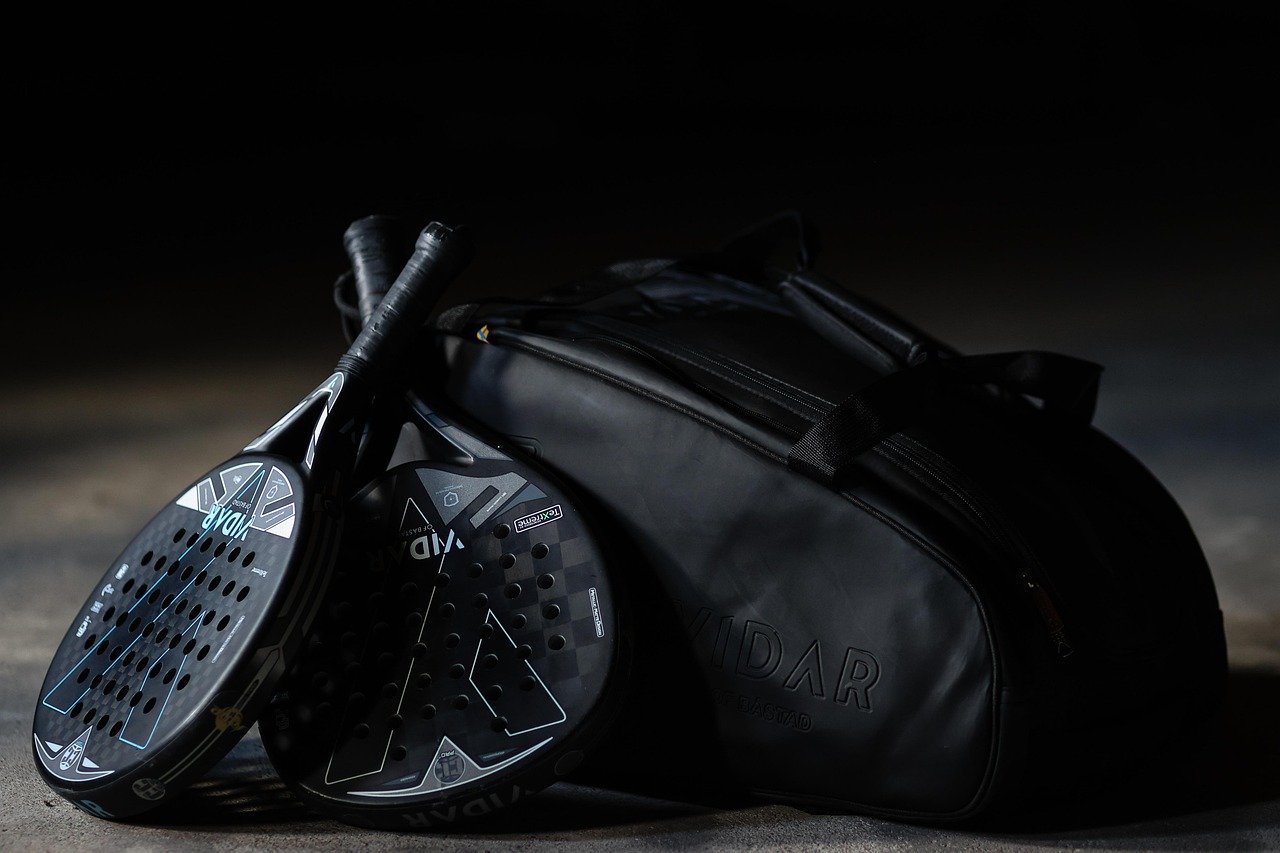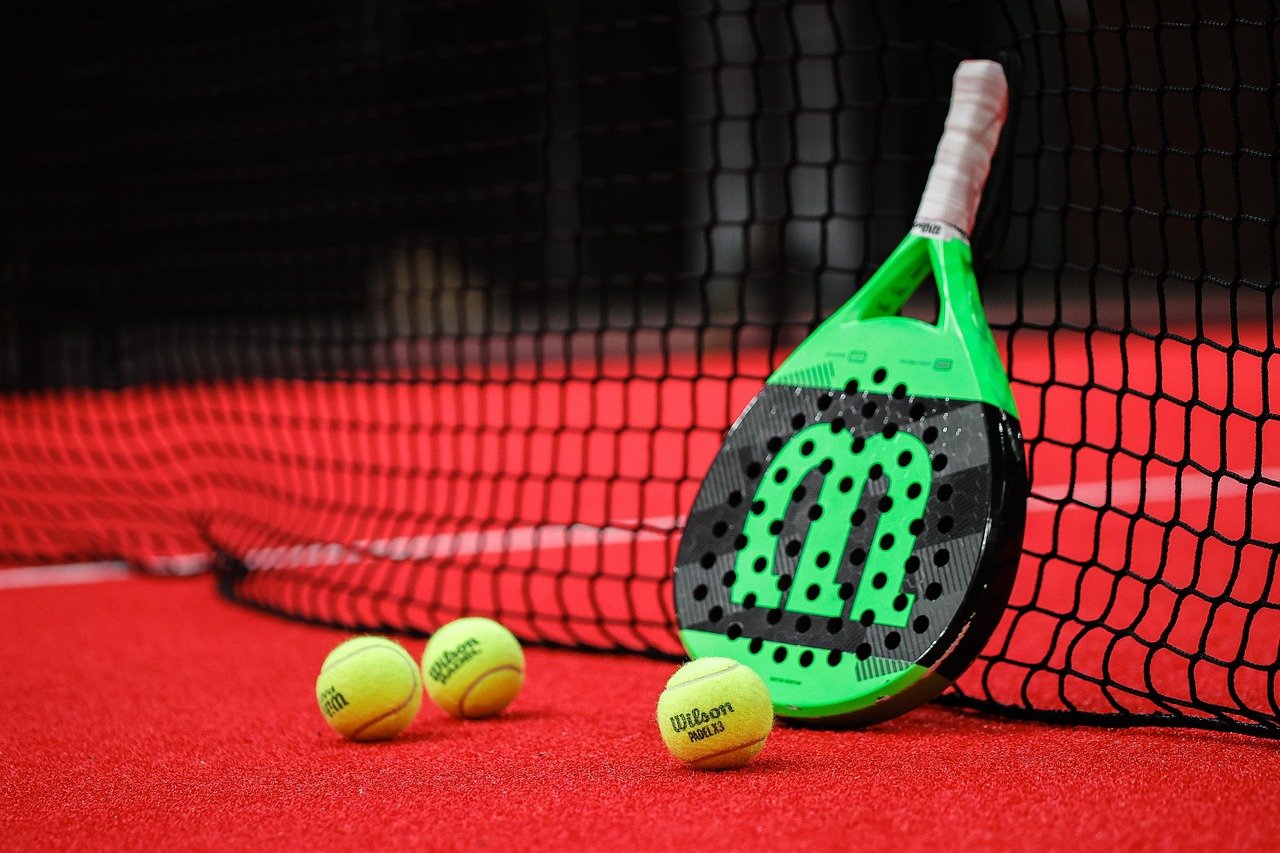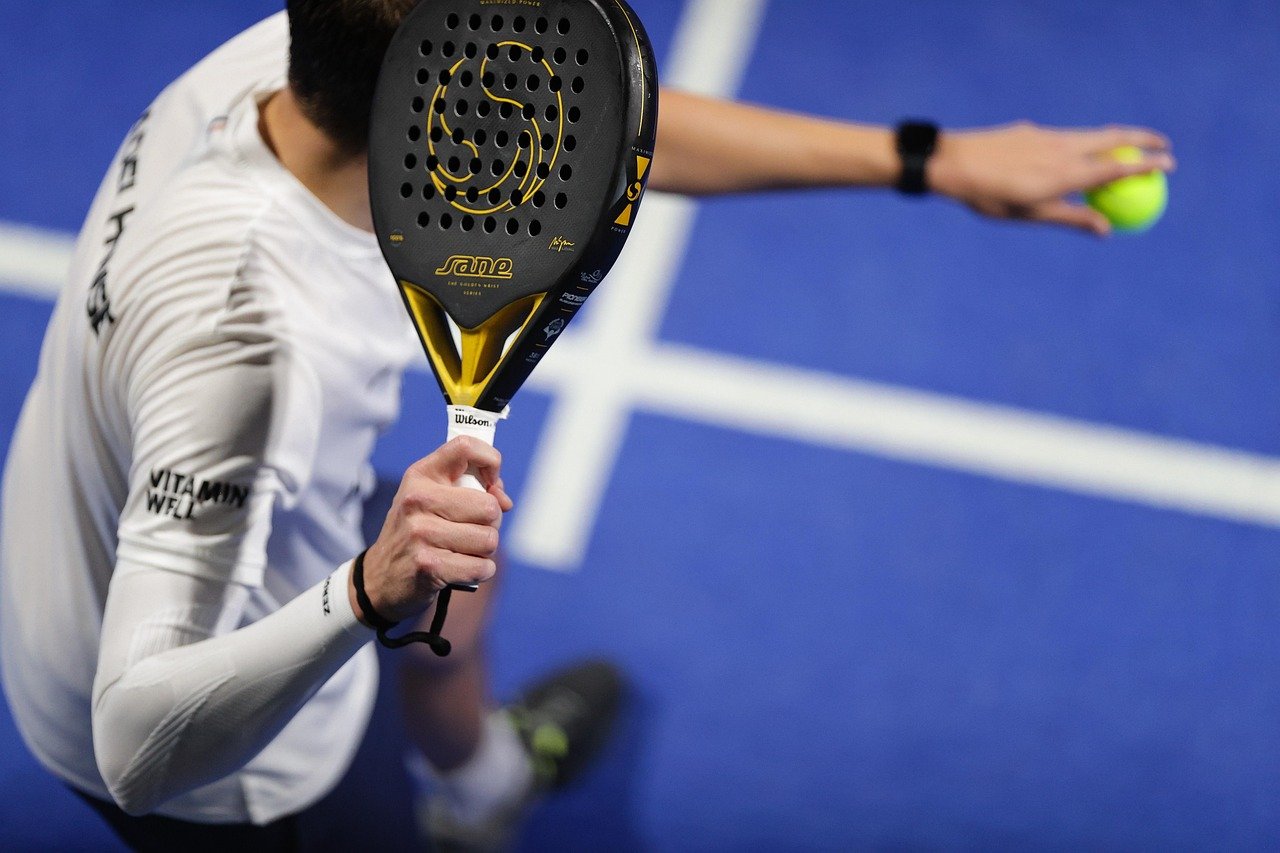As padel continues to explode in popularity worldwide, more players are looking to invest in the right gear to help them play their best. Whether you’re stepping onto the court for the first time or levelling up for competitive play, the equipment you use can significantly impact your performance and comPadel is now one of the fastest-growing sports in the world, yet many players don’t know where it originated or how it became such a global phenomenon. With its unique combination of tennis and squash elements, padel has captivated millions of players and fans across continents. Understanding the history of padel provides valuable insight into its rapid rise and why it continues to attract new enthusiasts every year.
The Birth of Padel in Mexico
Padel was invented in 1969 by Enrique Corcuera in Acapulco, Mexico. Corcuera adapted his home’s squash court, creating a space enclosed by walls and adding a net in the middle. The goal was to create a game that was accessible, fun, and social, suitable for family and friends.
Early characteristics of the sport included:
- Use of a smaller enclosed court
- A modified tennis net
- A solid racket without strings
- A focus on volleys, rebounds, and teamwork
Padel quickly gained popularity in Mexico, particularly among Corcuera’s friends and family. The combination of indoor-style squash play with outdoor tennis-like rallies made it appealing to both casual and competitive players.
Introduction to Spain: Padel’s European Expansion
Padel arrived in Spain in the 1970s, thanks to Alfonso de Hohenlohe, a Spanish aristocrat who built a court at his Marbella home. From there, it spread rapidly throughout the country, aided by Spain’s love for social and family-friendly sports.
By the 1980s, Spain had become the epicentre of padel, with official clubs opening and the first competitive tournaments being organised. The sport’s popularity was driven by several key factors:
- Easy learning curve for beginners
- Fast-paced rallies suitable for all ages
- Social and doubles-oriented play
- Affordable setup compared to tennis
Today, Spain remains the global hub of padel, hosting thousands of courts and the highest number of registered players worldwide.
Key Milestones in Padel History
- 1969 – Invention in Mexico: Enrique Corcuera creates the first padel court in Acapulco.
- 1974 – Introduction to Spain: Alfonso de Hohenlohe builds the first Spanish padel court.
- 1980s – Formation of Clubs: Padel clubs begin appearing across Marbella, Madrid, and Barcelona.
- 1991 – International Padel Federation (FIP) Established: Standardises rules and promotes the sport worldwide.
- 1990s–2000s – European Growth: Italy, Sweden, and other European countries start building courts.
- 2013 – Padel Pro Tour Established: Increases professional visibility of the sport.
- 2020s – Global Expansion: Countries in the Middle East, Asia, and South America embrace padel.
Padel Equipment Evolution
Early padel equipment was simple: a wooden racket and regular tennis balls. Over the decades, equipment evolved significantly:
- Rackets: Modern padel rackets are made from composite materials with perforated surfaces for better control and spin.
- Balls: Slightly less pressure than tennis balls, optimised for wall play.
- Courts: Professional courts now follow FIP regulations with standardised wall materials, lighting, and surfaces.
These innovations allowed padel to become more competitive while retaining its beginner-friendly nature.
Professional Padel and Competitive Growth
Professional padel leagues have played a crucial role in popularising the sport. The World Padel Tour (WPT) showcases elite players and tournaments worldwide. Some of the most recognised players include:
- Fernando Belasteguín (Argentina)
- Juan Lebrón (Spain)
- Marta Marrero (Spain)
- Alejandra Salazar (Spain)
Professional visibility has helped padel transition from a recreational pastime to a legitimate sport with sponsorships, international tournaments, and televised events.
Global Popularity: Padel Today
Padel’s rapid expansion is evident across continents:
- Europe: Spain, Italy, Sweden, Portugal, and France lead in court numbers and players.
- South America: Argentina, Mexico, and Brazil have strong competitive communities.
- Middle East: UAE and Qatar have embraced padel for leisure and corporate events.
- Asia & Oceania: Australia, Thailand, and Japan are increasingly investing in padel infrastructure.
Social media, streaming platforms, and international events have contributed to global awareness and participation.
Why Padel Has Grown So Quickly
Several factors have driven padel’s global rise:
- Accessibility: Easy for beginners, enjoyable for all ages.
- Social Aspect: Doubles-oriented, encouraging teamwork and interaction.
- Fast Learning Curve: Players can enjoy rallies quickly.
- Small Court Size: Less physical strain than tennis; suitable for urban areas.
- Spectator-Friendly: Exciting, fast-paced matches make it appealing to watch.
These attributes make padel appealing not just as a recreational sport, but as a professional competitive sport as well.
The Future of Padel
Looking ahead, padel is expected to continue its growth trajectory:
- Olympic Inclusion: There is ongoing discussion about padel joining future Olympic Games.
- Youth Programmes: Schools and youth clubs are beginning to adopt padel to promote healthy activity.
- Corporate and Recreational Play: More companies and social clubs are incorporating padel facilities.
- Global Leagues: Expanding the professional circuit beyond Europe and South America.
Padel’s future is bright, with increasing investment in infrastructure, tournaments, and coaching programs.
Conclusion
From its origins in a Mexican backyard to becoming a worldwide phenomenon, padel’s history is a story of innovation, social connection, and rapid growth. Its combination of tennis-like rallies, squash-inspired wall play, and accessible doubles format has made it a favourite among players of all ages and skill levels.
As more countries invest in courts and leagues, padel’s global presence is set to expand even further. Whether you are a beginner or an aspiring professional, understanding the history of padel helps you appreciate why this sport has become one of the most dynamic and inclusive racket sports of the 21st century.



